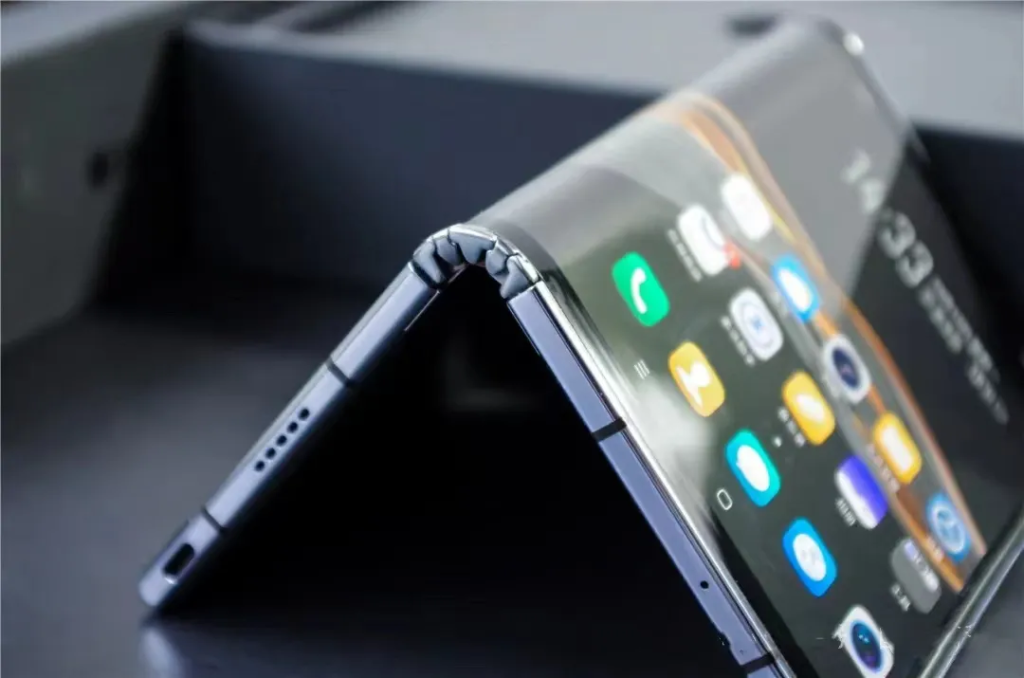The Potential of Graphene Applications in Smartphones: Batteries, Screens, Cooling, Chips, and Beyond

Graphene, a material made of a single layer of carbon atoms arranged in a honeycomb structure, possesses exceptional conductivity, high transparency, and lightweight properties, making it a key player in the future of smartphone technology. From batteries to screens, cooling systems to chips, the introduction of graphene is poised to revolutionize smartphone advancements.
Graphene Smartphone Batteries
Graphene’s application in the battery field is highly anticipated. Due to its superior conductivity, graphene enables the production of thinner and lighter smartphone batteries. This is crucial in addressing current issues with limited battery capacity and short battery life. Graphene batteries not only offer higher energy density compared to traditional batteries but also support faster charging times, allowing users to fully charge their phones in a short period, significantly improving the convenience of smartphone usage.

Graphene Smartphone Screens
Graphene’s application in smartphone screens is another exciting highlight. Its high transparency makes it an ideal material for flexible screens, allowing for the creation of more bendable and foldable smartphone displays. This means future smartphones may no longer be restricted by traditional flat designs, offering users larger and more flexible screens that enhance the experience for entertainment, work, and daily use.

Graphene Smartphone Cooling
Graphene’s excellent thermal conductivity opens up new possibilities in smartphone cooling. Smartphones generate a significant amount of heat during prolonged use, and graphene’s high thermal conductivity can greatly improve heat dissipation, lowering the device’s temperature and ensuring performance stability. This is a significant innovation for users with high performance demands, such as gamers and professionals.

Graphene Smartphone Chips
Graphene also shows potential in the realm of smartphone chips. The world’s first functional semiconductor made from graphene was unveiled earlier this year. With its outstanding conductivity and thermal performance, graphene provides a more efficient and reliable solution for chip manufacturing. This will lead to more powerful smartphone performance, allowing users to run multiple tasks smoothly, handle complex applications, and enhance the overall performance of smartphones.

Conclusion
The prospects of graphene in the smartphone industry are vast and exciting. From batteries to screens, and from chips to cooling systems, the introduction of graphene will bring revolutionary advancements to smartphone technology. It will offer users lighter, more efficient, and innovative mobile devices, propelling the smartphone industry towards a more advanced future and creating a better digital experience for users.

